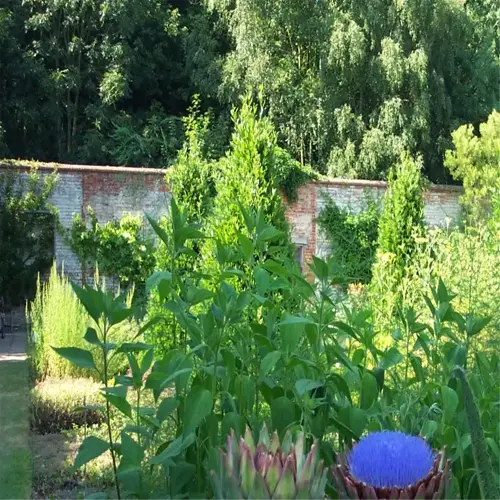What is the proper way to deadhead flowers?

Written by
Kiana Okafor
Reviewed by
Prof. Charles Hartman, Ph.D.To learn how to deadhead flowers is really to learn why it does (or, as entrusting nature, should) work. If you remove blooms that are done blooming, you are preventing the plant from putting energy into developing seeds. Your attention is now appreciated elsewhere, towards budding flowers to create colorful displays in the garden. The importance of timing and sharpness of tools is greater than you might think.
Pruning Shears
- Ideal for thick stems like roses or hydrangeas
- Make clean cuts above leaf nodes to prevent dieback
- Disinfect blades between plants to avoid disease spread
Floral Snips
- Perfect for delicate annuals like petunias
- Pinch stems ¼ inch above new buds
- Lightweight design reduces hand fatigue during frequent use
It isn't true that every plant will require the same method of cutting. Roses need to be cut to an exact location above a five-leaflet junction while lavender can benefit from shearing just the top third off! I once cut back a hydrangea so much that it hardly bloomed when it came back next cycle. Lesson learned: Do your research before you cut.
The ecological balance is important. Coneflowers that go un-deadheaded are a food source for goldfinches, while milkweed seed pods are home to monarch caterpillars. In my garden, unpruned sunflowers served as the hub for chickadees in the winter. Sometimes, the best cuts are the ones you don't make!
Read the full article: How to Deadhead Flowers for Continuous Blooms

